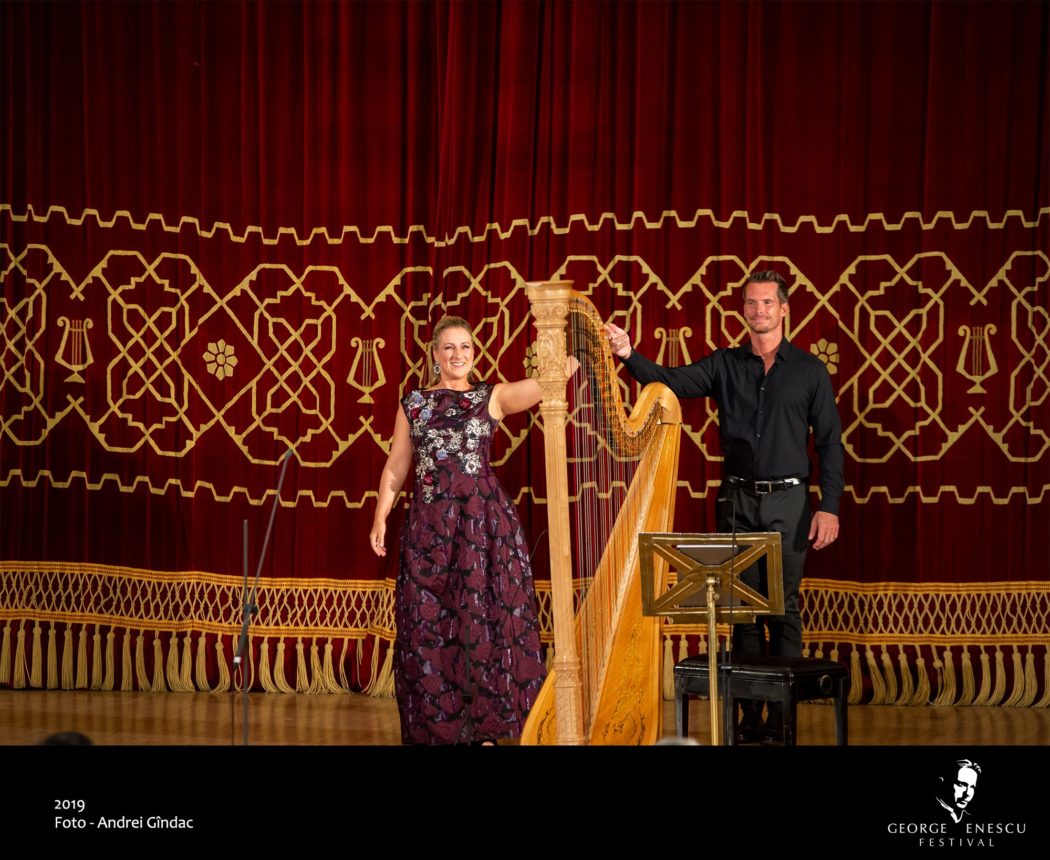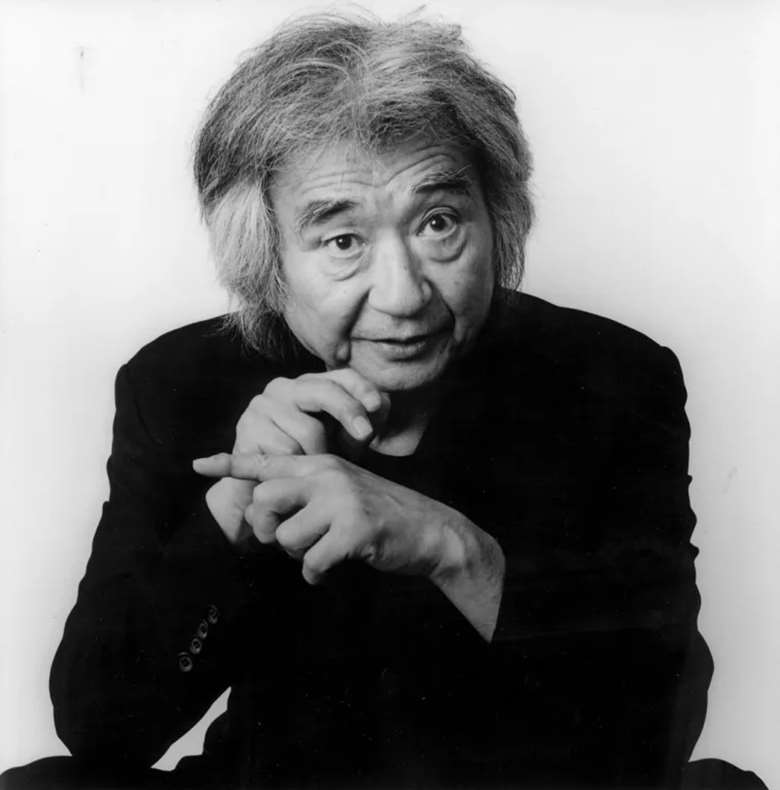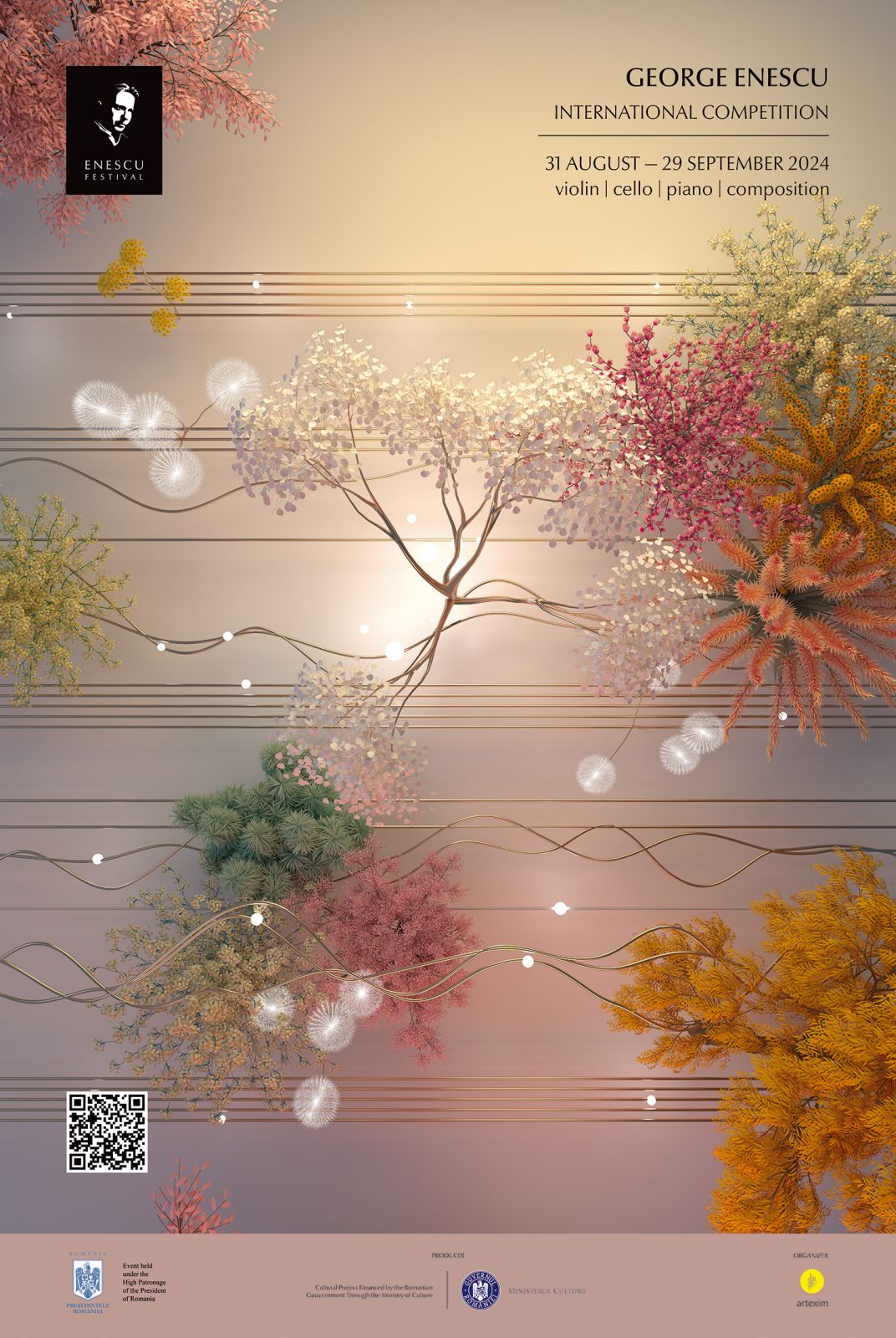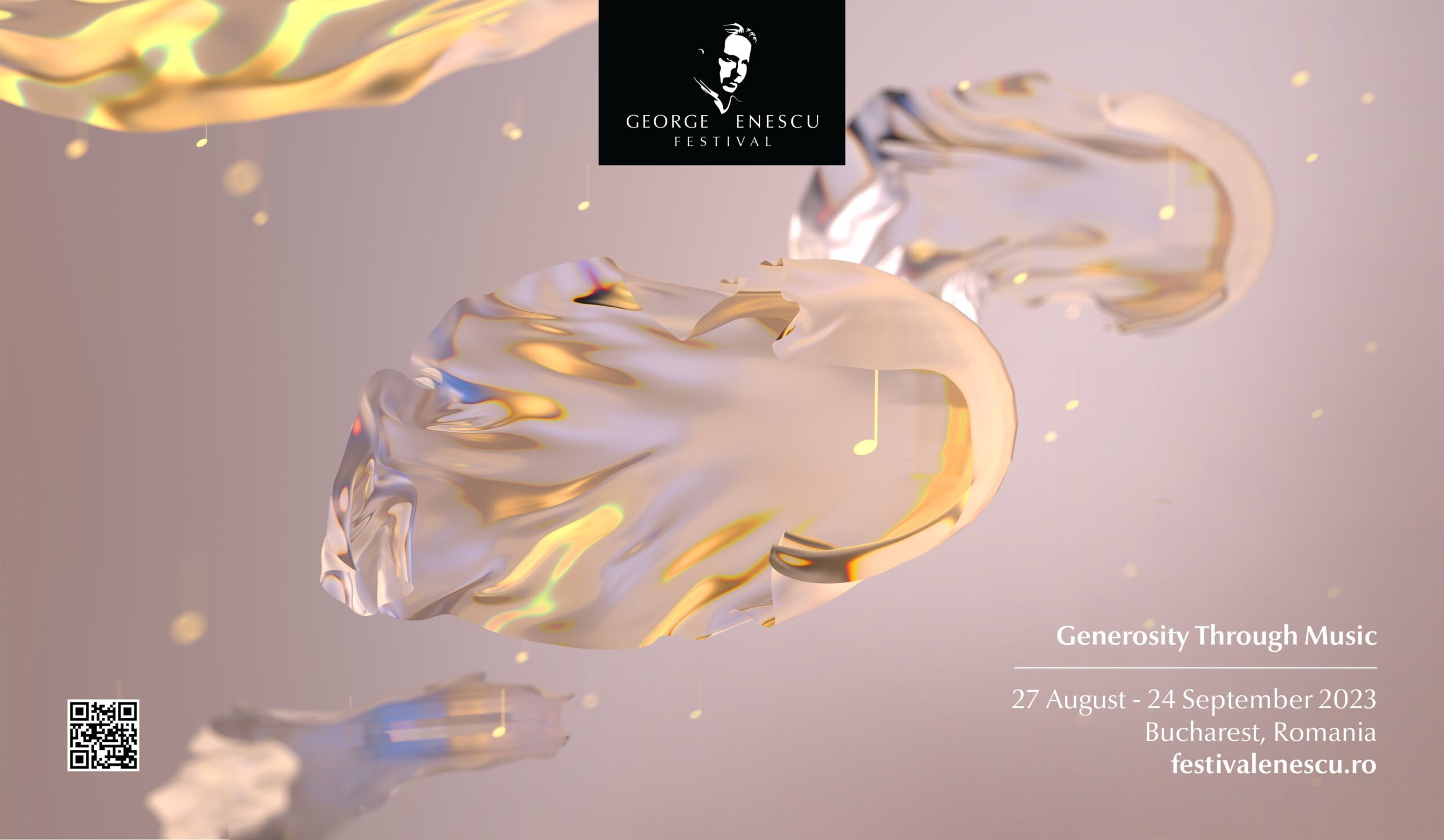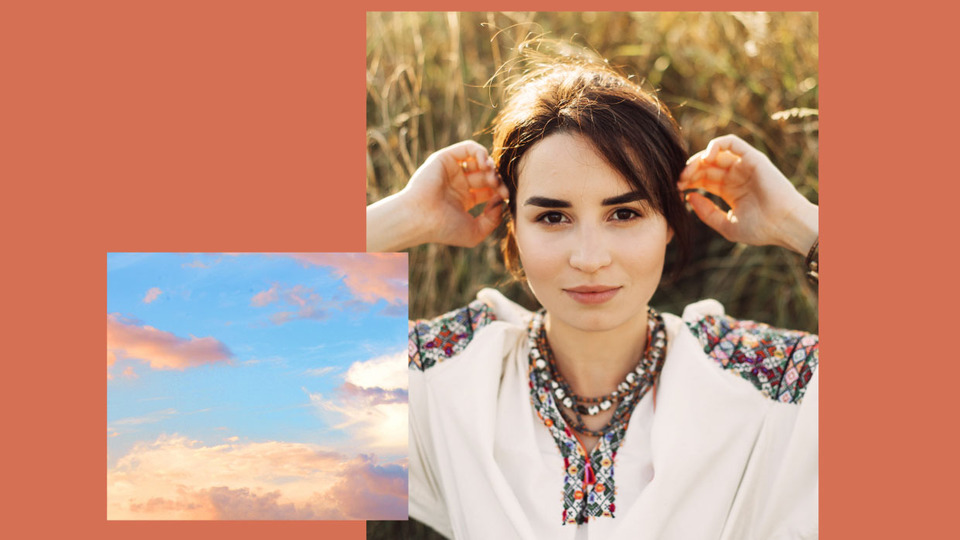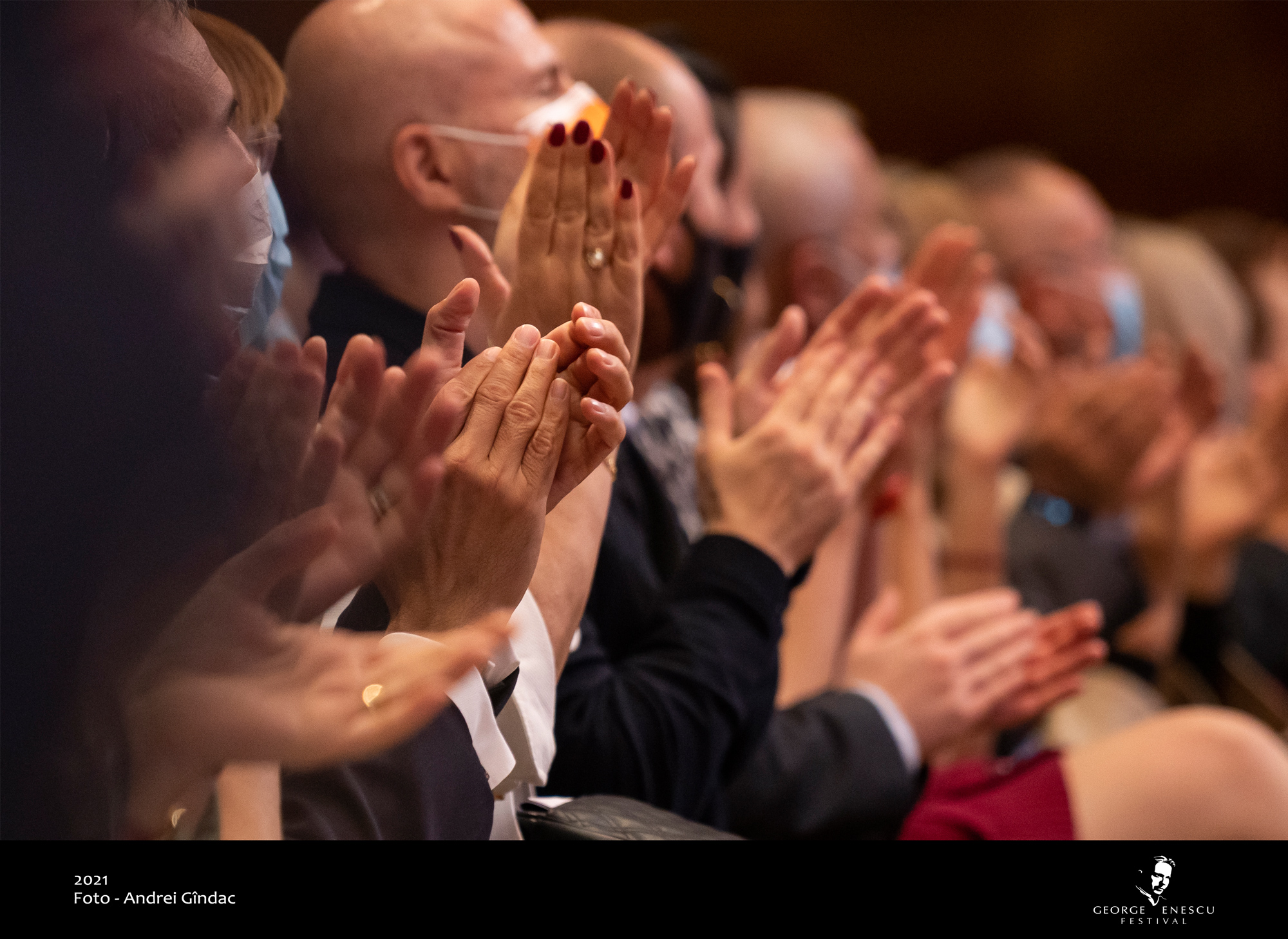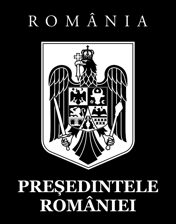Interview by Cristina Enescu
A leading harpist of his generation, a bold and elegant virtuoso, a passionate promoter of both chamber and orchestral music as well as old and new compositions for the harp, Xavier de Maistre makes quite an aristocratic impression. Somehow he is one of a kind, being not only a musician that seeks to broaden the repertoire for his instrument and its popularity, but also at times the only one playing certain transcripts of important compositions for the harp.
His elegant composure on stage, a creative intelligence that makes him consistently and constantly search for new horizons of the harp’s expressive potential, plus a finely-honed command of his instrument – these features make for a musician whose art is impressive and projects – exciting to follow. In his performances, a combination of proficiency and personality unveil colours of the harp that many wouldn’t think this instrument could yield.
At the 2019 Enescu Festival, the French harpist performed together with one of the top coloratura sopranos of our times, German diva Diana Damrau. Right before his departure from Bucharest we managed to have a talk about the interesting program of his Bucharest recital, alongside a few other things harp and harpist life-related.
The program you and Diana Damrau chose to perform at the Romanian Athenaeum included classics like Mendelssohn, Liszt, Rachmaninoff, Poulenc and a surprising harp composition by Enescu, but also works of lesser known composers like Russians Vladimir Vlasov, Venezuelan-French Reynaldo Hahn, French harpist and composer Henriette Renié. Why this particular bouquet?
Diana [Damrau] and I have collaborated before, and we both always look for music that first of all we personally truly like. This time we chose Russian and French pieces which are really good for soprano and harp. Also, it’s another constant goal for us to present lesser known music to the audience. For example, that beautiful piece by Enescu [Allegro de concert], the only one he wrote for the harp. Actually, it was written for chromatic harp, a form of harp developed at the beginning of the 20th century; it had no pedals but two sets of strings, and allowed a lot of chromatics. Hence, when pieces for the chromatic harp are played on the pedal harp, like the one I use, all the time you have to do these chromatic scales, which is quite challenging but beautiful.
Also, we played Rachmaninoff, “Siren”. Both Diana [Damrau) and I love Romantic repertoires, they allow us to reach so many colours, are very moving. She had the idea to close the first half of the concert with that superb song, “The Fountain of Bakhchisarai” by Vlasov (on words by Pushkin), and it was perfect for the harp. You could really feel the water running.
So how come you fell in love with precisely the harp, ever since you were 9 years old?
Actually, initially it was love for my harp teacher, a beautiful lady whom I liked so much that I wanted to learn her instrument. But then, of course, it became a love between me and the harp, which I regard like kind of an orchestra. I try to have as many colours in my playing as I possibly can. When people come to me and say ‘oh, we never thought that is possible on this instrument!’, I feel I’ve achieved what I aimed for.
The idea of the harp as an instrument of mostly angelic sounds and repertoire still lingers, and that doesn’t do it justice. You constantly show this instrument also has plenty of character, strength, even moodiness. What kind of personality do you find in the harp?
You’re right, and I’ve intended precisely to take the harp out of this corner of the angelic, salon-like music, where lots of people tend to leave it. I was very happy after the concert at the Athenaeum when people said to me ‘we had no idea the harp can have such power, such energy’. This is really my goal, to express the widest range of colours and also to show the power this instrument has.
Your career obviously involves long, physically challenging embraces of your instrument. How do you cope with the strain this puts on your body?
I do enjoy having to take the harp in my arms, like in an embrace, and also that there is nothing between me and the sound. Harpists have direct contact with the strings, no hammers, no bow. It’s a very physical instrument, I personally enjoy the feeling of touching and pulling the strings. On the other hand, indeed it is a quite heavy instrument, and you need to keep your shoulders raised for a long time. That is why, after years of playing, many harpists can develop certain physical problems. I go to the gym quite often to balance that strain, and I work on my relaxation. I try to avoid being tense and to use the wrist to relax the arm muscles.
You have been a pioneer in widening the repertoire of your instrument, both by adapting pieces for the harp and also commissioning new work. Was this a purpose of yours or it simply came about as a necessity?
Both. I recognized quite soon that the harp could be a very popular instrument, it was very attractive for the audience. But we had no repertoire, and I think this is the main reason why the harp is not a main instrument on stage. I knew that, if I wanted to develop a career as a soloist (which everybody said was impossible), I had to find new ideas for presenting it to the audience. I started with arrangements because I thought it was easier with famous composers like Debussy, Mozart, Haydn. After I became more well-known, I had the possibility to commission pieces by famous modern composers. I thought it was my duty as a leading harpist of my generation to do that.
Often times composers are scared of this instrument, it’s quite tricky because we have this whole pedalling system, and most composers are pianists or violinists, so the harp is unfamiliar to them. Thus, composing for it takes a lot more time. I feel it’s now my responsibility to motivate contemporary composers to write for the harp.
Recently you developed a project with flamenco music, alongside castanet Grande Dame Lucero Tena. In the 2019-2020 season you’ll have another interesting project together with famed Mexican-French tenor Rolando Villazon, who also performs in this year’s Enescu Festival.
Indeed, I knew Rolando from my years in Vienna when he was singing a lot with the Vienna State Opera. I knew he was very creative and looking for new projects, and also that the harp plays a big role in the folk music of South America. Thus, I wanted to develop a program around this traditional music, and I was very happy that Rolando accepted to join me. It will be an exciting project, and Rolando’s huge charisma will surely make it even better. This project will happen next year, the first concert will be in February, then a CD recording and a big tour starting July.
When you want to relax and get away from the harp, what is your activity of choice?
Water sports. I go to the sea and do water ski, wind surfing, diving. I’m a water person, at the sea I leave the harp far away.
As for music to escape on?
I don’t listen much to other music, but I do love opera. Now that my daughter is a pop music fan, I am also discovering this new world with her. But usually what I like when I’m taking time off is the silence.
